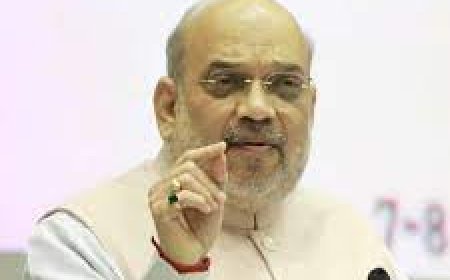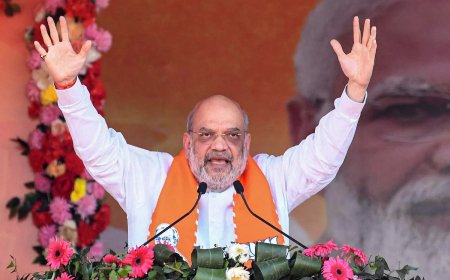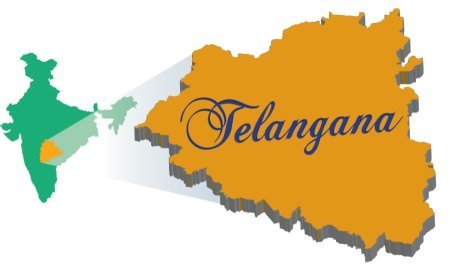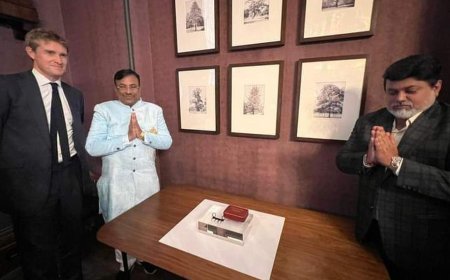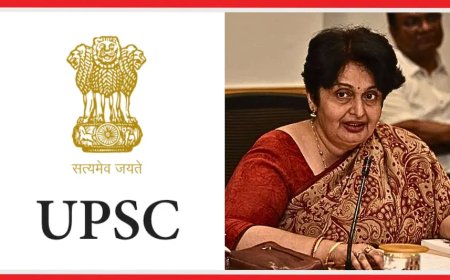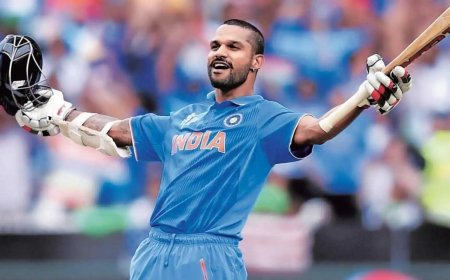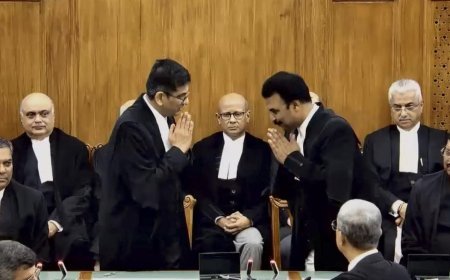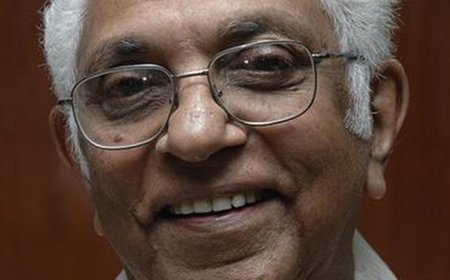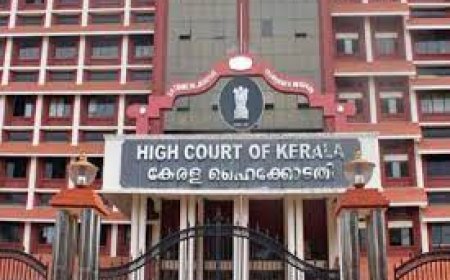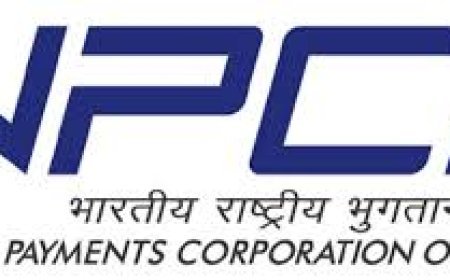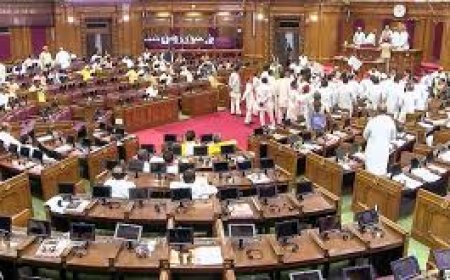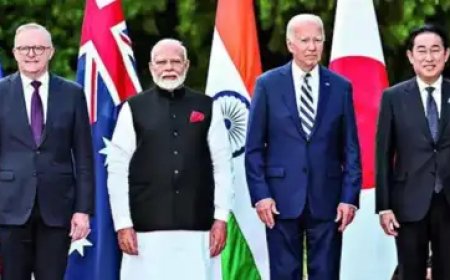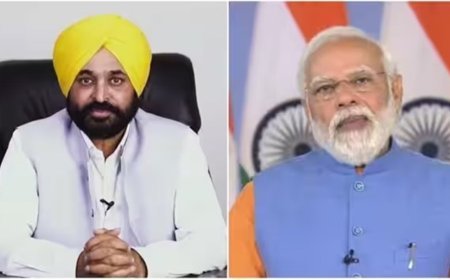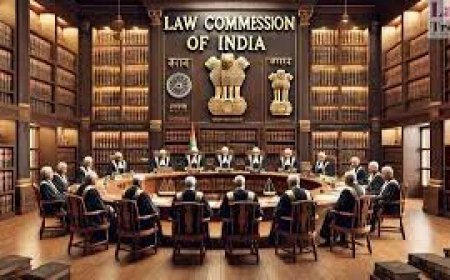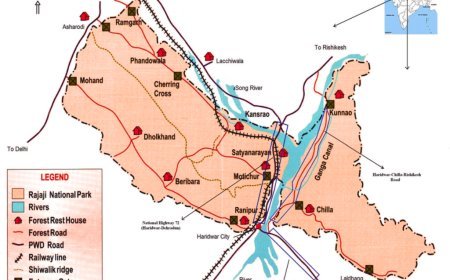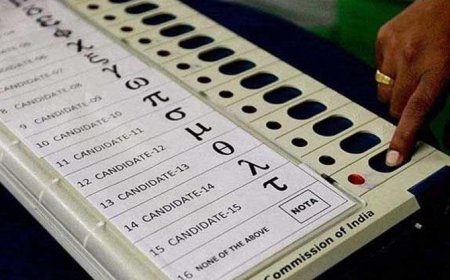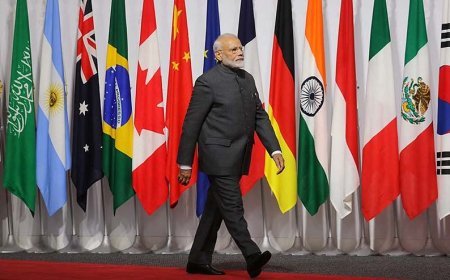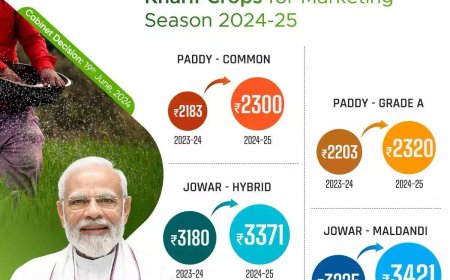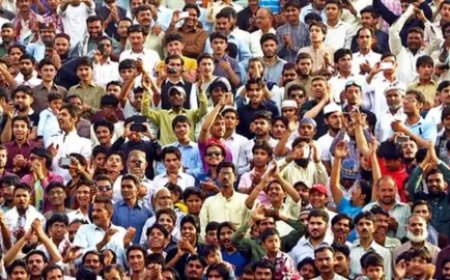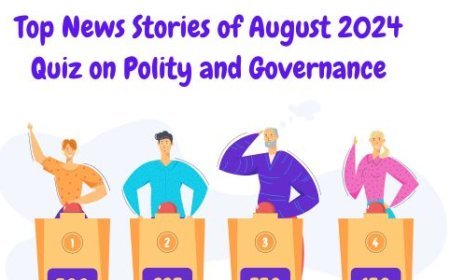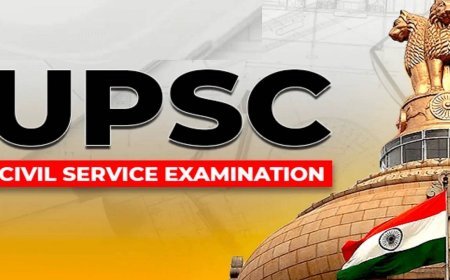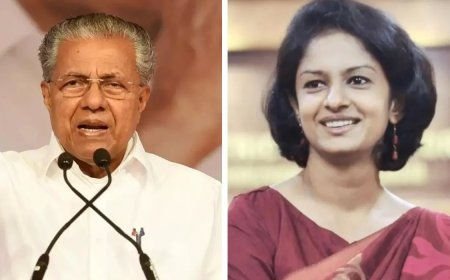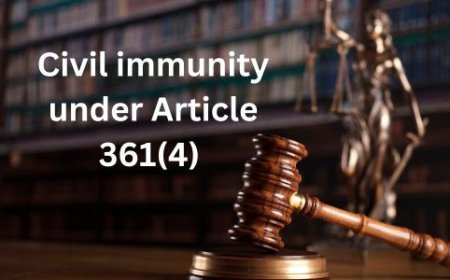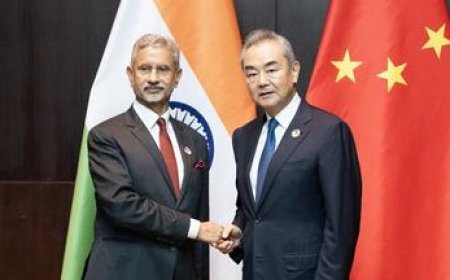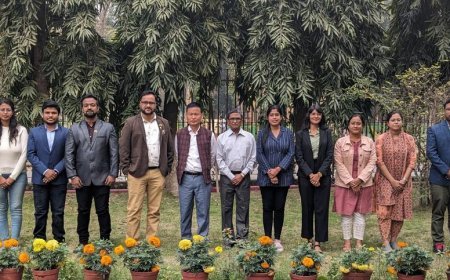Shuffling the Deck: An Analysis of the Union Budget 2024-25 : The Hindu editorial dated 24 July 2024

Shuffling the Deck: An Analysis of the Union Budget 2024-25
Context
The Union Budget 2024-25, presented by Finance Minister Nirmala Sitharaman, is the first budget of the BJP-led NDA government's third consecutive term. This budget is particularly significant as it addresses the concerns of India's unemployed youth and aims to balance fiscal responsibility with socio-economic initiatives. This analysis explores the key aspects of the budget, its implications, and the potential challenges it may face.
Key Features of the Union Budget 2024-25
Focus on Employment and Youth:
The budget places a strong emphasis on employment, skilling, and opportunities for the youth. A package of five schemes with an outlay of ₹2 lakh crore aims to benefit 4.1 crore youth over five years. The centrepiece is a wage subsidy scheme, providing a month's wage subsidy for new employees in the formal sector, capped at ₹15,000, and disbursed in three instalments. Employers must refund the subsidy if the employment ends within 12 months. Other initiatives include incentives for job creation in the manufacturing sector, skilling programs leveraging ITIs, and an internship scheme offering ₹5,000 monthly allowances to one crore youth over five years.
Support for MSMEs:
The MSME sector, a crucial driver of employment, receives significant attention. The budget introduces a credit guarantee scheme to help MSMEs obtain loans for machinery and equipment without collateral. Additionally, measures to ease access to debt financing, working capital, and business opportunities as suppliers to public sector enterprises and large corporates are proposed. These initiatives aim to address the challenges faced by MSMEs and enhance their role in the economy.
Tax Relief for the Middle Class:
The budget offers tax relief for the middle class, focusing on the salaried segment. The standard deduction has been increased, and tax slabs have been revised to provide more disposable income post-taxes. Pensioners also benefit from a marginal increase in deductions allowed on family pensions. These measures are likely aimed at garnering support from the middle-class electorate, a significant voter base for the BJP.
Fiscal Consolidation:
Despite the socio-economic initiatives, the budget adheres to the government's fiscal consolidation path. The fiscal deficit is targeted to be reduced to 4.9% of GDP. Achieving this involves cuts in spending on several social sectors, including education and rural job schemes like MGNREGA. The allocation for MGNREGA has been reduced to a nine-year low, despite its critical role in providing rural employment.
Strategic Allocations and Political Considerations:
The budget strategically allocates resources to states like Bihar and Andhra Pradesh, reflecting political considerations to support crucial allies. However, the absence of any mention of the Indian Railways, once a major employer, is notable and could indicate a shift in focus or a strategic omission.
Analysis and Implications
Youth Employment Initiatives:
The focus on youth employment is a timely response to the growing concerns over joblessness among the youth. The wage subsidy scheme and skilling initiatives are steps in the right direction, but their success will depend on effective implementation and ensuring that employers adhere to the conditions. The internship scheme provides valuable exposure to real-world business environments, potentially enhancing the employability of the youth.
MSME Sector Support:
Support for MSMEs is crucial, given their role in job creation and economic growth. The credit guarantee scheme and other measures can help MSMEs overcome financing challenges. However, simplifying the GST regime and rationalizing the tax structure, as promised, will be critical to addressing the persistent issues faced by MSMEs.
Tax Relief and Middle-Class Support:
The tax relief measures for the middle class are likely to be well-received, providing some financial respite to the salaried segment. However, the broader impact on consumer spending and economic growth will need to be monitored.
Fiscal Responsibility:
Maintaining fiscal responsibility while introducing socio-economic initiatives is a delicate balance. The targeted fiscal deficit reduction to 4.9% of GDP is ambitious, especially with cuts in social sector spending. Ensuring that these cuts do not adversely affect essential services and programs will be crucial.
Political Considerations:
The strategic allocations to states with key political allies underscore the interplay between economic policy and political strategy. While these allocations may secure political support, they must also translate into tangible economic benefits for the states involved.
Conclusion
The Union Budget 2024-25 reflects a strategic attempt to address the pressing issues of youth unemployment, support for MSMEs, and middle-class relief, while maintaining fiscal discipline. The success of the budget will depend on effective implementation, especially in the areas of job creation and MSME support. Balancing fiscal consolidation with socio-economic initiatives is challenging, but necessary for sustainable growth. As India navigates these challenges, the budget's impact on the economy and the political landscape will be closely watched. The Speaker of the Lok Sabha and other key stakeholders must ensure that the certification and implementation processes adhere to constitutional provisions and uphold democratic principles.
What's Your Reaction?









